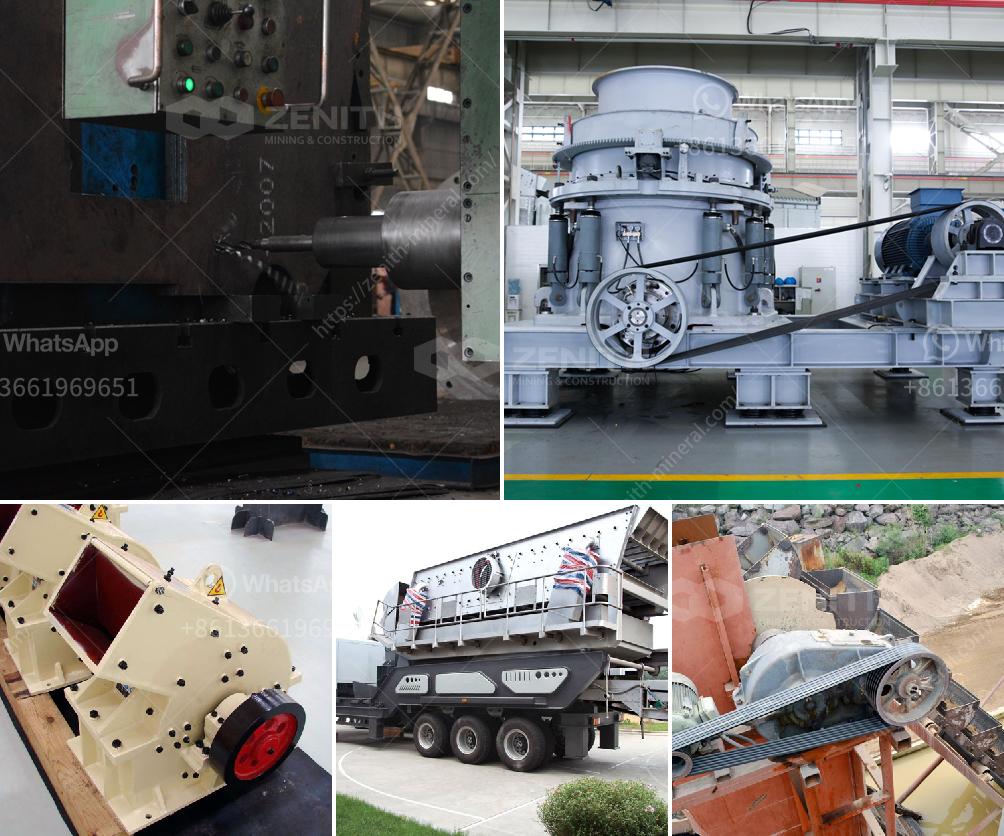Crushing iron ore-bearing rock is a crucial step in the mining and processing of iron ore for several reasons:
Liberation of Minerals: Iron ore is typically embedded within the rock. Crushing the rock helps to liberate the iron ore particles from the surrounding minerals, making it easier to process and extract the iron.
Increased Surface Area: Smaller particles have a larger surface area relative to their volume. This enhances the efficiency of subsequent processing steps, such as grinding, separation, and concentration.
Size Reduction for Transport: Crushed rock is easier and more economical to transport. Large chunks of rock can be cumbersome and inefficient to handle and move, so reducing the size aids in logistics.
Facilitation of Chemical Reactions: During processing stages like froth flotation, leaching, or smelting, smaller particles react more readily with chemicals and heat. Thus, crushing helps to improve the efficiency and effectiveness of these processes.
Improving Ore Grade: Through processes like screening and sorting, smaller rock fragments can help improve the grade of the ore by enabling the removal of low-value material and concentrating the valuable iron content.
Cost-Efficiency: By crushing the rock at the source, mining operations can avoid transporting large amounts of waste material, thereby reducing overall costs associated with processing and transportation.
In essence, crushing iron ore-bearing rock is a fundamental part of ore beneficiation that helps to unlock the valuable minerals for further processing and eventual extraction of iron.

